
4 minute read
The Store isn’t Dead…but it’s not the same
The Store isn’t Dead… but it’s not the same

Advertisement
Every time someone says the store isn’t dead the retail industry breathes a sign of relief. It’s an understandable reaction among all the media reports of stores closing and brands folding. Yet, among many of these retailers, it betrays a worrying sense of complacency. Physical retail ISN’T going away, but it is changing – radically. This isn’t business as usual. Retailers need to embrace this if they’re going to continue to succeed.
A digital-first ecosystem Why is the store changing? Because the way we buy has changed. No longer are we restricted to what is available at a store in the local vicinity within operating hours. Technology has enabled a fundamental shift in shopping habits.
Today we have the power to shop wherever we are, whenever we want, from retailers based all over the world. And all at the press of a button. The breadth and convenience offered by online shopping can be hard to compete with at a store level.
But does it need to? Retail is not a single channel. It never has been. Even in the past, we had other components alongside the store such as print catalogues and door-to-door salespeople. The best retailers understand that all of their touchpoints – from store to app to website to ad to social media to chatbot – are part of a retail ecosystem.
It’s also fundamentally true that this ecosystem will be digital-first in the future as new types of experience come

online and consumers become increasingly comfortable with digital transactions.
Retail is everywhere If this sounds like an issue for physical retail, then you might want to adjust your thinking. The wonderful thing about technology is that it can free retail from past constraints that were dictated by necessity.
When you can take payments from a handheld device do you need a fixed till point? Do you need four walls and a floor and a ceiling? Could you put your ‘store’ out in the world – in a park or a sports field or an office or a transport hub?
Brands like 7-Eleven and Nike are already pushing the definition of physical retail in this way. 7-Eleven’s 7NOW service lets customers place orders for delivery to wherever they are at that moment. Nike’s SNKRS app has used physical locations, from parks to concerts, to drop new products and let customers buy. These transactions are fundamentally tied to a physical location, but not necessarily a traditional store. Retail can now be everywhere around us and that means it can offer far more intuitive buying opportunities.
We don’t just take inspiration from ads – now we can shop them directly. We can tap to buy the looks our favourite people are wearing. We can buy by using our voice. We can watch an online beauty tutorial and digitally try on products at the same
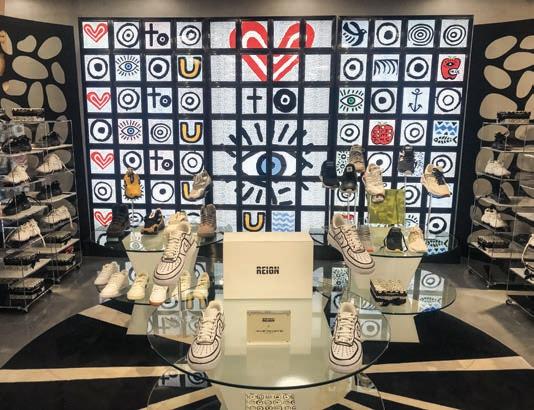

time. We can scan an image to buy a product. We can customise products from home. And this is just the tip of the iceberg.
The future of store Where does this leave the store then? Perhaps the best thing that retailers can do is to stop thinking about the ‘store’ altogether. Instead, they should be thinking about space.
What can these physical spaces do that their digital offerings can’t? How can they enhance the shopping experience? How can they add value to the customer? If you’ve mapped out your retail ecosystem, then you can understand how physical fits in.
It may be that your customer needs a place to touch and try products. They might need somewhere to collect or return items. They might want somewhere to spend time and relax. They might want to be entertained and inspired. They might want to access expertise or learn a new skill.
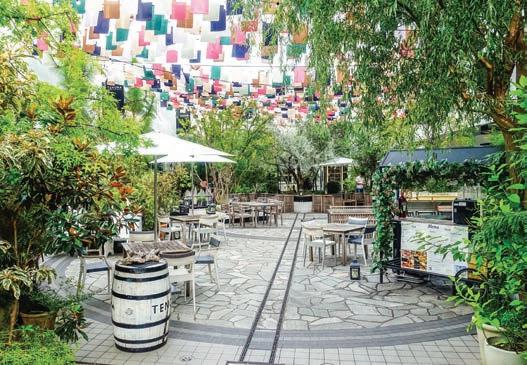
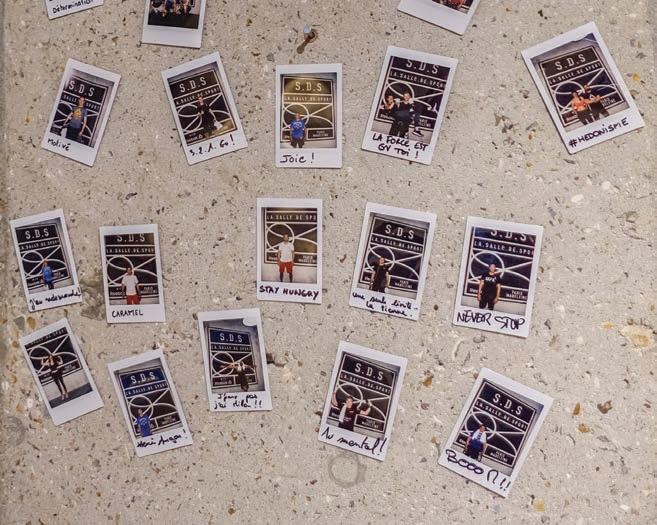
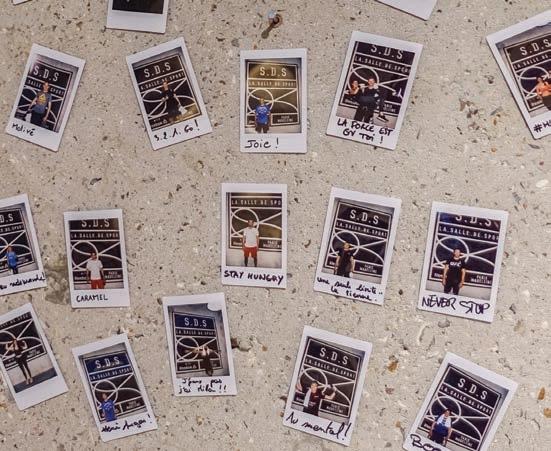
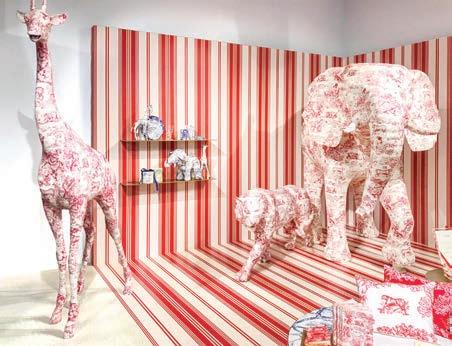
Your physical retail presence is your opportunity to bring your brand to life and form an emotional connection with your customer. By pushing the definition of the ‘store’, these interactions are about to become much more interesting and much more rewarding.


Retailers are increasingly split into two camps when it comes to their approach – either an iterative improvement of offering or a disruptive reinvention.
CATE TROTTER , Head of Trends, Insider Trends



